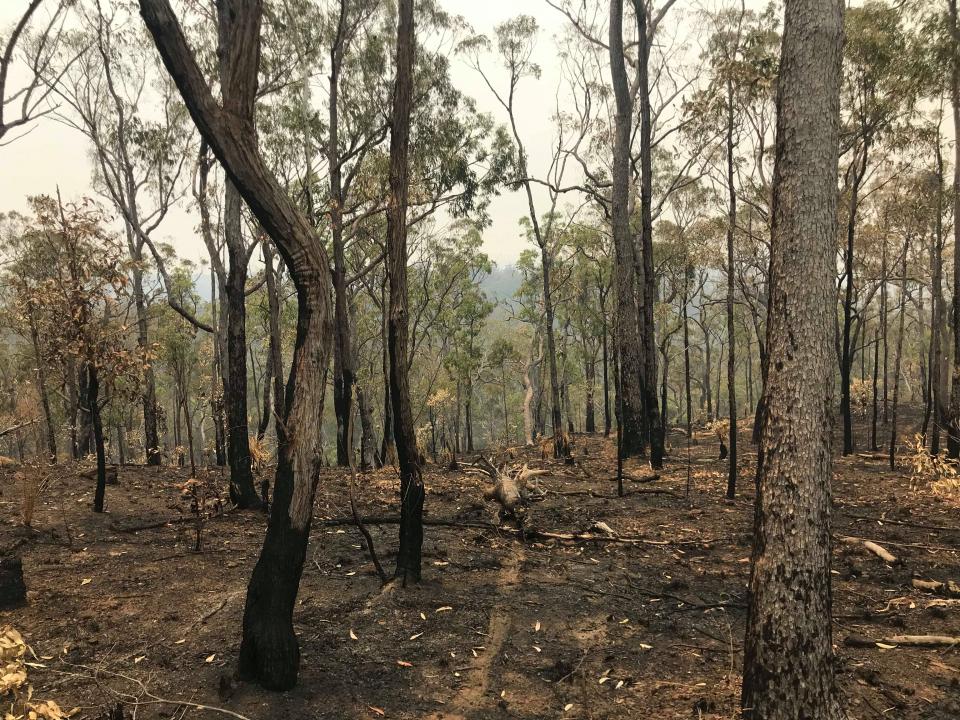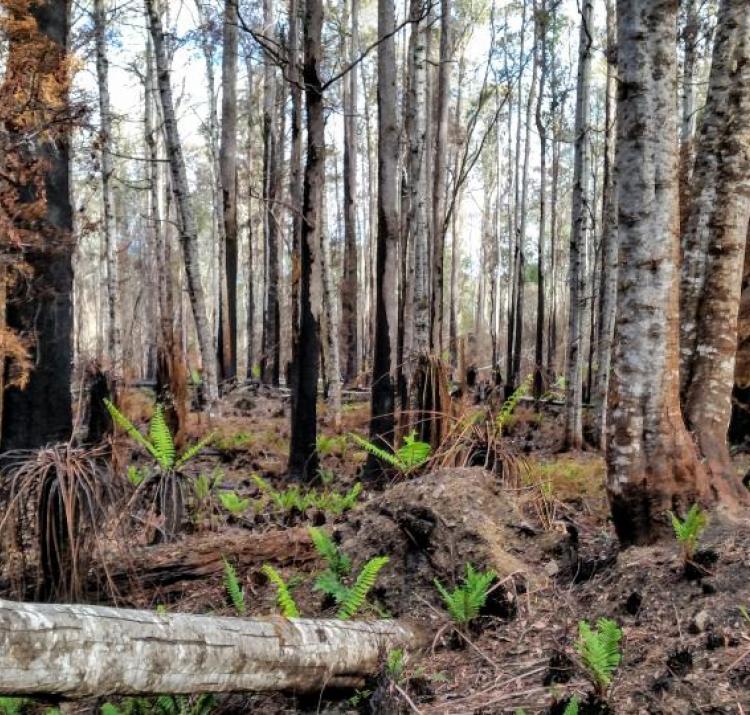Research leader
Research team
This project was completed with the support of the CRC's funding for quick response. It investigated the impacts of the January 2020 bushfires in NSW.
In late January 2020, the research team visited the NSW South Coast to survey fire damaged buildings around the Moruya, Mogo, Malua Bay, Rosedale, Batemans Bay and Lake Conjola areas. The research team collected non-perishable data in the form of photos of building damage, mapping and geospatial analysis of building damage to assess building vulnerability and the extent of impacts after a fire.
In total, 426 properties were assessed, with the team finding that 92% of these were destroyed. In terms of building specifics, the survey provided numerous examples of fire affected residences, primarily constructed of ‘non-flammable’ materials (brick and blockwork [piers and walls]). These structures demonstrated some resilience to the fire, at times remaining wholly or partially intact. However, the remaining material comprising the premises (structural roof/wall timbers internal walls and house contents), once alight, would ultimately render the entire building to be unsalvageable (destroyed). Timber beams supporting house roofs and carports were uniformly level on the ground (as though dropped). Metal framed buildings (e.g. sheds) and structural elements (e.g. lintels) did not perform well - failing due to extreme heat and leading to the building warping and impacting brick/masonry when collapsing.
At partially damaged properties, the building features most often impacted were constructed from timber such as external stairs, decking or to the side of buildings which were a fascia material not further described.
| Year | Type | Citation |
|---|---|---|
| 2020 | Report | January 2020 NSW bushfires study. (Bushfire and Natural Hazards CRC, 2020). |









